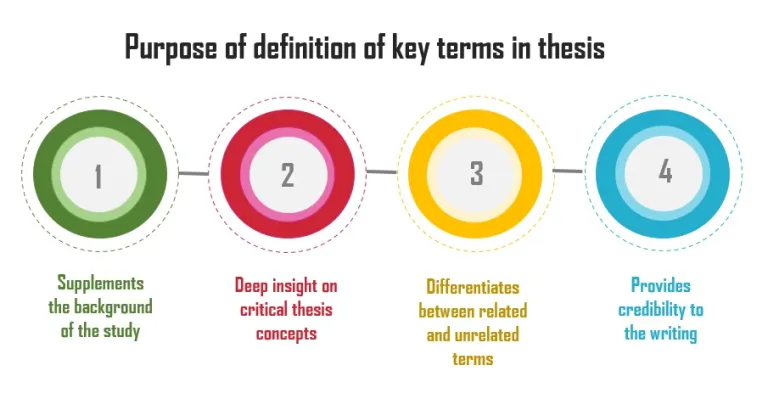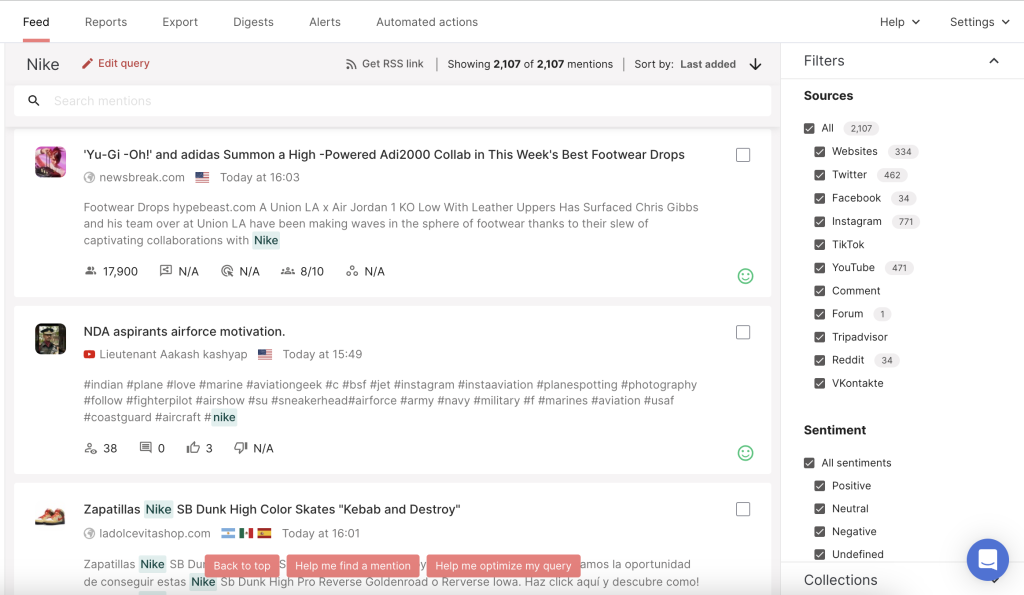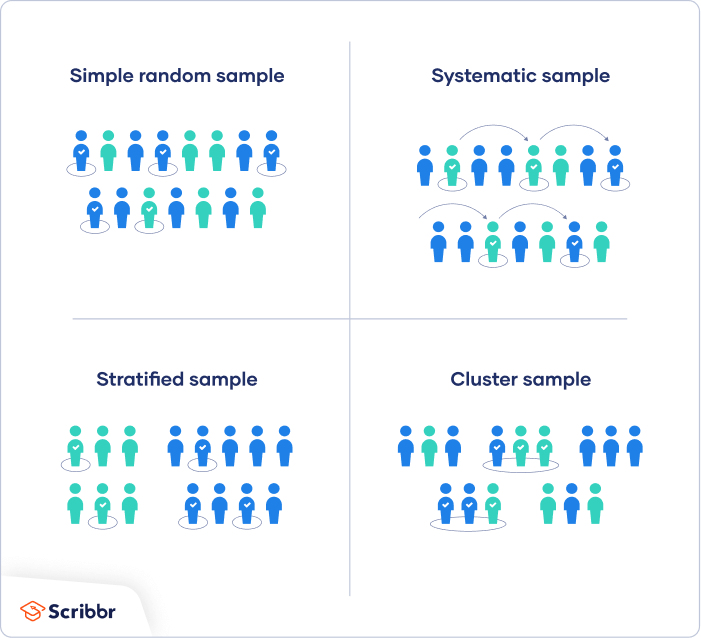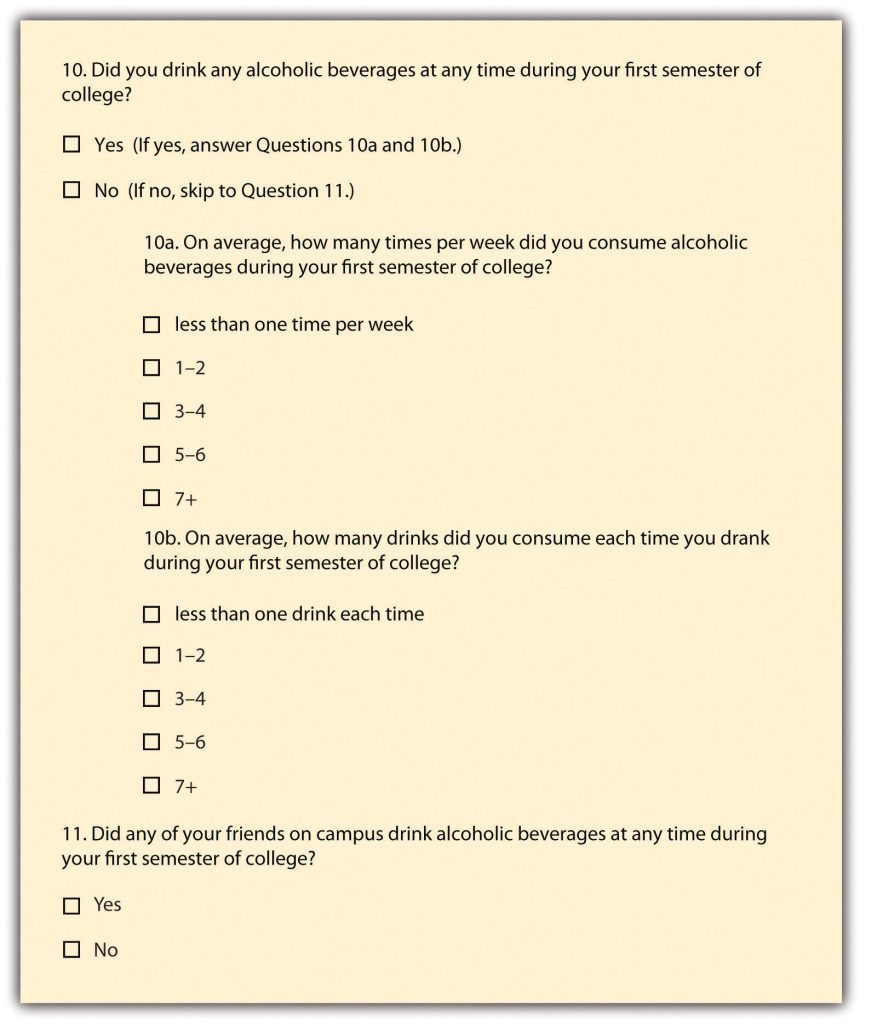Market research supports your marketing efforts and overall business development. You can craft more engaging and converting marketing material and optimize ad spend when you have a proper market research strategy. The market research process, hence, helps increase your ROI from your marketing efforts.
Put simply, marketers can derive a lot of value from market research.
? Read Consumer Behavior Analysis 101: How to Learn More About Your Customers
You could outsource the research but that can be expensive. So, another option is to do the market research yourself.
If you’re taking the second option, don’t worry. Market research isn’t really all that hard.
Here’s how to do it most effectively.
4 Steps of Market Research Process
1. Identify your problem
Identifying the problem will be the foundation of your entire marketing research process. A marketing research problem is a piece of information you want to know. So, at this stage, you want to formulate specific questions that will frame your research inquiry.
Do Gen Z members use mobile phones to buy? Do teenagers click on social media ads?
However, you shouldn’t just come up with these questions at random. Before investing in a market research project, you must see that your marketing department will benefit from answering these questions.
So, a good idea is to assess your buyer persona and formulate problems about that market segment.
For instance, suppose you’re marketing to old consumers. In that case, a problem you’d want to find out is if your target audience uses social media. Knowing the answer to that question benefits you since it will help you determine whether running social media campaigns to promote your products is worth it.
Read Meeting Customer Needs: 7 Ways to Get to Know Your Customers Better
2. Create a research plan
Create a research plan before carrying out your research process. A research plan is a blueprint for your market research process. It basically says what you plan to do to complete your research.
In creating your research plan, you’d first need to specify whether you need a qualitative or a quantitative study. Your choice will ultimately depend on the problem you identified beforehand.
Quantitative market studies involve gathering objective, numerical data through close-ended questionnaires and polls. If your question is “Are old people using social media,” then you’re more likely to specify in your research plan that this is what you need.
Qualitative market studies, on the other hand, get information through open-ended questionnaires, interviews, and sentiment analysis. If your research question is “How are old people using social media,” this is the type of research you’re more likely to specify in your research plan.
In crafting your research plan, you should also do the following:
Define your terms
You must have a concrete definition of your terms, especially adjectives. If you don’t, you may end up interpreting terms on your own. This subjectivity will affect the accuracy of your findings.

For example, since our research question “Are old people using social media” has the word “old,” we have to define what “old” means. “Old” could refer to age (numerical), a physical attribute (with wrinkles), or a personal attribute (length of experience). So, in our example, let’s just define “old” based on age, and define an old person as anyone above 65.
You’d have to define “social media,” too. Do you want “social media” to include just social platforms like Facebook? Or should it include WhatsApp?
Define research objectives
In your research plan, you should also define your research objectives. To define these, you’d need to go back to the question you sought to answer in the first place. So, with a study that aims to answer the question “Are old people using social media,” for instance, some of our study goals could be:
- To determine whether people aged 65 and above use Facebook
- To determine what social media platforms people aged 65 and above use
You can have multiple goals in one study for as long as they’re related. Also, use a SMART framework in formulating these goals.
Read Campaign Tracking: How to Monitor your Marketing Efforts with Determ?

Specify market research instruments/techniques
Your market research methods are the means you’ll use to gather research data. Qualitative research methods include sentiment analysis, interviews, and focus group discussions. Quantitative methods, meanwhile, include statistical analyses and controlled observations. Specify your method/s in your research plan.
You should also enumerate in your research plan the market research instruments you’ll use to gather data. Apart from the typical research instruments such as open- and close-ended questionnaires, you can use tech tools to gather the data you need.
Let’s say you want to determine customer satisfaction with your brand after running a specific marketing campaign. Determ, for instance, can help you find mentions of your brand from any online source, whether this be Twitter, blogs, forums, YouTube and more. When your brand is mentioned at any time during the entire day, you get a real-time notification.

You can also get an exhaustive report on the overall perception of your brand. In other words, with Determ, you can get both quantitative and qualitative data in one go: the number of brand mentions plus a summary of how people perceive you across online platforms.
If you’re using physical research instruments, specify in your research plan how you’ll farm them out. For instance, if you’re sending open-ended questionnaires, you may want to specify in your research plan that you’ll find email using tools to send the questionnaires to willing participants.
Specify, too, how you’ll sample the people who will answer your questions. Will you just give out your questionnaires at random in a chosen apartment complex? Will you go out on the streets and give the questionnaires to anyone who says they’re 65 and above?
Just a tip, though. If you want to see “How people aged 65+ are using social media,” you can’t just get data from those aged 65+ in your neighborhood. Your neighborhood may not correctly represent the total population of social media users aged above 65.
Probability sampling ensures you get random subjects that will help lead to the most accurate findings. So, in our case, it would be best for you to get respondents from around the globe where social media is often used to ensure better population representation.
If this is how you plan to sample your respondents, say so in your research plan.
3. Craft research instruments
It’s important to understand that for your research to yield accurate results, your research instruments need to be crafted in such a way that they will elicit from the respondents the answers that directly address the research questions you formulated in the first place.
After all, if the study doesn’t answer your research question, what’s the point?
Therefore, if your research question is “Are old people using social media,” your questionnaire, (if that’s what you’re using), should contain the question “Do you use social media?” That question can lead to a “yes” or a “no,” which directly answers the research question.
The bottom line is, don’t just formulate questions for your research instrument without thinking about them. Base them on your research question (and goals) so you can craft the right questions.
4. Analyze data and create report
You can analyze data in many ways. The important thing is that when you analyze survey data or any other data for that matter, you don’t let bias get in the way. Just let the data speak for itself.
Also, avoid these common mistakes when analyzing data:
- Correlation vs. Causation. Make sure you’re not making the wrong connections between two unrelated data sets. Suppose you see a rise in COVID cases and an increase in TikTok use. You don’t conclude that TikTok causes COVID.
- Hasty generalization. Let’s say you’ve seen that social media use has risen among 25 of your respondents aged 65+. You don’t immediately conclude that all of your respondents aged 65+ are becoming more tech-savvy.
- Either/Or reasoning. Suppose you notice the rising numbers of Mcdonald’s patrons. That doesn’t suggest that those patrons hate Burger King. Nor that there’s a growing dissatisfaction with Burger King.
Once you get past these analysis mistakes, you’ll analyze data better and create better business recommendations. Put all these in a marketing research report. If you need to, you can also present the findings and recommendations to upper management via Powerpoint. Just make sure your report is written in such a way that anyone can understand it.
Read 8 Ways Determ Can Help in Creating PR Reports for Your Boss
BONUS: Act on Results
Market research will only really serve its purpose if you act on the results.
Let’s assume one of your key market research findings is that people aged 65+ use Facebook and Tiktok. Acting on these would mean that you’d run marketing campaigns on Facebook and Tiktok, too. Or if you’re focusing on Instagram for your marketing campaigns, you’d stop those and just focus on Facebook and Tiktok.
If you don’t do these things, then the entire market research process and study will have been for naught.
Besides, if you act on the study’s findings, you can rest assured that you’ll get good results. After all, your decisions are already backed by research.
In Closing
For your marketing efforts to yield results, they need to be based on truths and accurate data. How do you get those? Through market research.
You learned how to do market research on your own through this article.
As a first step in the market research process, identify your problem. Then create a research plan. You’d need to craft your research instruments, of course. Based on the information you gather, analyze your results. Finally, formulate a report that contains recommendations based on the study’s findings.
Of course you’d need to act on these findings for your market research to have real value. When you do, rest assured your marketing campaigns will yield the best results. Good luck!
Owen Baker is a content marketer for Voila Norbert, an online email verification tool. He has spent most of the last decade working online for a range of marketing companies. When he’s not busy writing, you can find him in the kitchen mastering new dishes.





